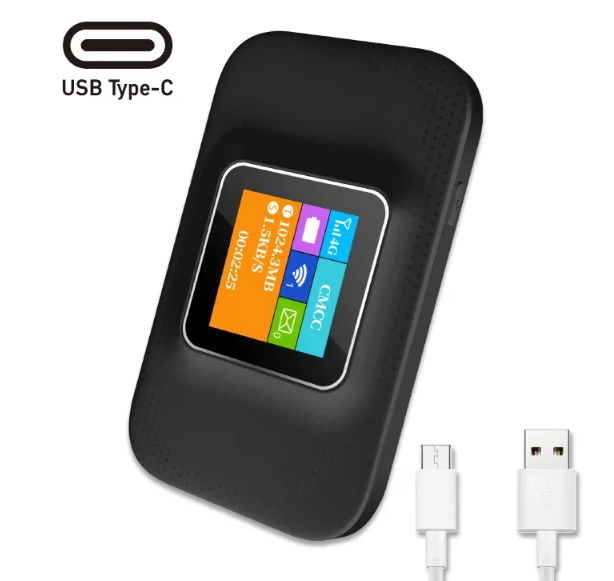Testing electrical components is a critical skill for engineers, technicians, and hobbyists alike. Whether you're troubleshooting a malfunctioning device, ensuring quality control in manufacturing, or designing new circuits, understanding how to effectively test electrical components is essential. This article delves into the methodologies, tools, and best practices for testing various electrical components, ensuring accuracy and reliability in your results.
Understanding Electrical Components
Before diving into testing methods, it's crucial to understand the types of electrical components you may encounter. These can be broadly categorized into:
- Passive Components: Resistors, capacitors, and inductors fall into this category. They do not generate energy but instead store or dissipate it.
- Active Components: Transistors, diodes, and integrated circuits (ICs) are active components that can amplify or switch electronic signals.
- Electromechanical Components: Relays and switches that combine electrical and mechanical functions.
Each type of component requires specific testing techniques to assess its functionality and performance.
Essential Tools for Testing
To effectively test electrical components, you will need a set of essential tools:
- Multimeter: A versatile instrument that measures voltage, current, and resistance. It is indispensable for basic testing.
- Oscilloscope: Used for observing the waveform of electrical signals, ideal for analyzing the behavior of active components.
- LCR Meter: Specifically designed for measuring inductance (L), capacitance (C), and resistance (R) in passive components.
- Function Generator: Generates various types of electrical waveforms, useful for testing the response of components under different conditions.
- Power Supply: Provides the necessary voltage and current for testing active components.
Step-by-Step Testing Procedures
- Visual Inspection
Before any electrical testing, conduct a thorough visual inspection of the component. Look for signs of damage such as burns, cracks, or corrosion. This initial step can often reveal issues that may not require further testing.
- Testing Resistors
To test a resistor:
- Set your multimeter to the resistance (Ω) setting.
- Disconnect the resistor from the circuit to avoid parallel paths that can affect the reading.
- Measure the resistance and compare it to the resistor's rated value. A significant deviation indicates a faulty component.
- Testing Capacitors
Capacitors can be tested using an LCR meter or a multimeter with a capacitance setting:
- Discharge the capacitor completely before testing to avoid electric shock.
- Connect the leads of the meter to the capacitor terminals.
- Measure the capacitance and compare it to the specified value. If the reading is significantly lower, the capacitor may be failing.
- Testing Diodes
To test a diode:
- Set the multimeter to the diode testing mode.
- Connect the positive lead to the anode and the negative lead to the cathode. A good diode should show a forward voltage drop (typically between 0.6V to 0.7V for silicon diodes).
- Reverse the leads; the meter should show no conduction (infinite resistance). If it conducts in both directions, the diode is faulty.
- Testing Transistors
Transistors can be tested using a multimeter:
- Identify the transistor type (NPN or PNP) and its pin configuration.
- Test the junctions (base-emitter and base-collector) by measuring the voltage drop in both forward and reverse bias conditions.
- A good transistor will show a forward voltage drop in one direction and no conduction in the reverse.
- Testing Integrated Circuits (ICs)
Testing ICs can be more complex due to their multi-pin configurations:
- Refer to the datasheet for pin configurations and expected voltage levels.
- Use an oscilloscope to check signal integrity and timing characteristics.
- Perform a continuity test on power and ground pins to ensure proper connections.
Best Practices for Accurate Testing
- Calibrate your tools regularly to ensure accuracy.
- Follow safety protocols to prevent electric shock or damage to components.
- Document your findings meticulously for future reference and troubleshooting.
- Use proper ESD precautions to protect sensitive components from electrostatic discharge.
Conclusion
Testing electrical components is a fundamental skill that requires both knowledge and practice. By employing the right tools and following systematic procedures, you can ensure the reliability and functionality of your electrical systems. Whether you're a seasoned professional or a newcomer to the field, mastering these testing techniques will enhance your proficiency and confidence in working with electrical components. Remember, thorough testing not only saves time and resources but also contributes to the overall safety and efficiency of electrical systems.
